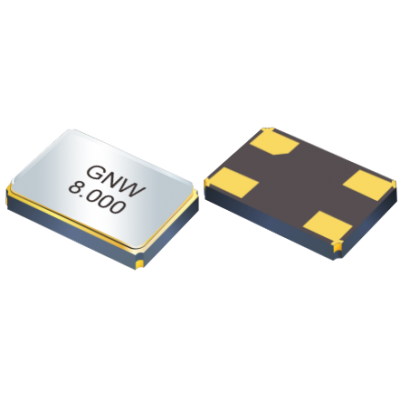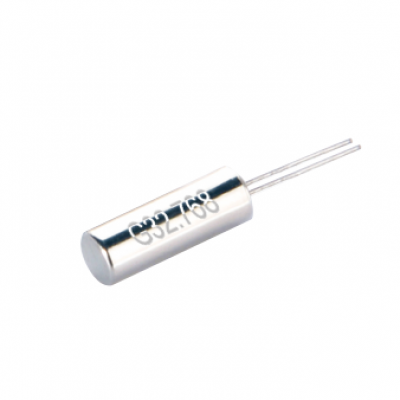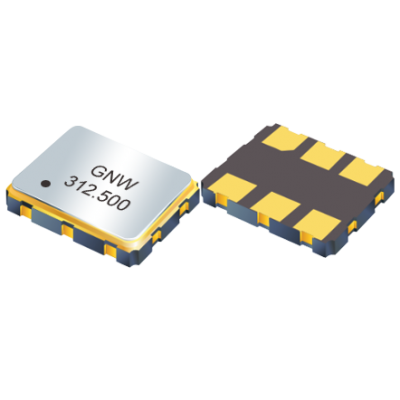
How crystal oscillators work
A crystal oscillator is an electronic device that generates a stable frequency signal through the use of a quartz crystal. These oscillators are commonly used in various electronic devices such as computers, televisions, radios, and mobile phones. In this article, we will discuss how crystal oscillators work and their applications.
What is a Quartz Crystal?
A quartz crystal is a piezoelectric material that can vibrate at a specific frequency when an electrical signal is applied to it. When a voltage is applied across the crystal, it generates a mechanical vibration due to the piezoelectric effect. This vibration produces an electrical signal with a specific frequency.
The piezoelectric effect is a property of certain materials where they can generate an electric charge when mechanical stress is applied to them. Similarly, they can deform when an electric field is applied to them. Quartz is one such piezoelectric material, and it can vibrate at a high frequency due to its unique crystal structure.
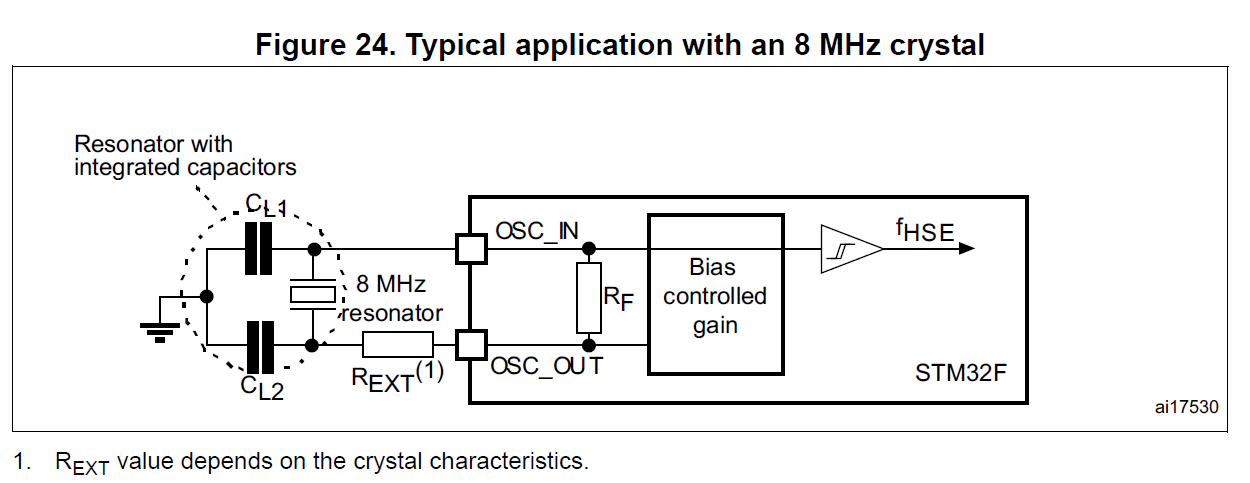
Working of a Crystal Oscillator
A crystal oscillator consists of a quartz crystal, an amplifier circuit, and feedback circuitry. The feedback circuitry is responsible for maintaining the oscillation frequency of the crystal. The amplifier circuit amplifies the output of the crystal to produce a stable and reliable signal.
When an electrical signal is applied to the quartz crystal, it starts vibrating at its natural frequency due to the piezoelectric effect. The feedback circuitry continuously monitors the output signal and adjusts the frequency to match the natural frequency of the crystal. The amplifier circuit amplifies the output signal, which is then used as a stable clock signal in electronic devices.
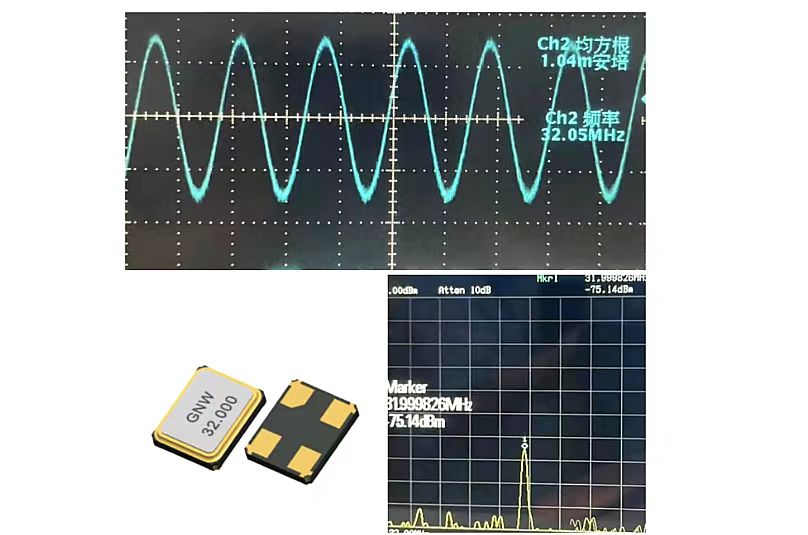
Crystal oscillators are available in various configurations, such as Pierce, Colpitts, and Clapp oscillators. Each configuration has its unique advantages and disadvantages, and they are used in specific applications based on their characteristics.
Applications of Crystal Oscillators
Crystal oscillators are widely used in electronic devices where a stable and accurate clock signal is required. Some of the common applications of crystal oscillators are:
- Computers and laptops
- Televisions and radios
- Mobile phones and smartphones
- Watches and clocks
- GPS receivers
- Avionics systems
In conclusion, crystal oscillators are essential components of electronic devices, and their accuracy and stability make them an integral part of modern technology. Understanding the working principles of crystal oscillators is crucial in designing electronic circuits that require a stable and accurate clock signal.
Types of Crystal Oscillators
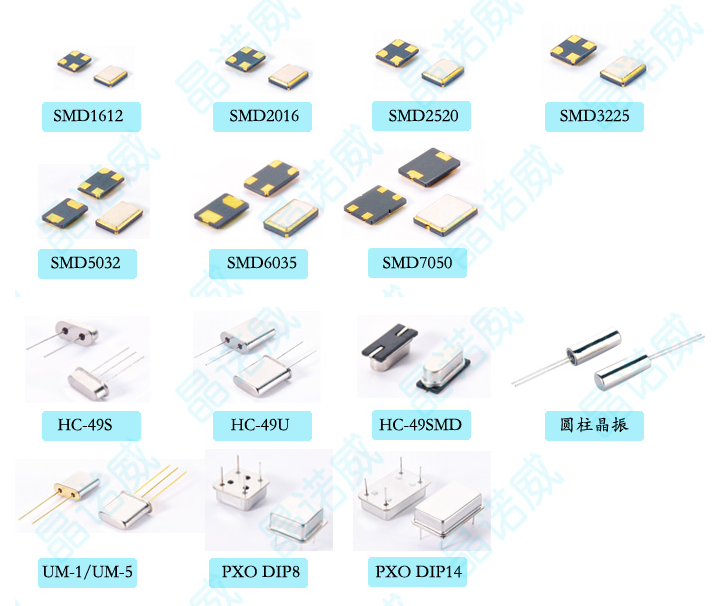
There are various types of crystal oscillators available in the market based on their construction, frequency range, and applications. Here are some of the commonly used types of crystal oscillators:
1、Surface Mount Device (SMD) Crystal Oscillators:
These are compact and low-profile crystal oscillators that are widely used in mobile phones, tablets, and other portable electronic devices.
2、Through-Hole Crystal Oscillators:
These are traditional crystal oscillators that are used in applications that require higher frequencies and stability. They are commonly used in networking equipment, telecommunications, and avionics.
1、Temperature Compensated Crystal Oscillators (TCXO):
These crystal oscillators are designed to compensate for the temperature drifts that affect the frequency stability of the crystal. They are widely used in mobile phones, GPS receivers, and other portable devices.
2、Voltage Controlled Crystal Oscillators (VCXO):
These crystal oscillators can be tuned by varying the voltage applied to the crystal. They are commonly used in applications that require frequency modulation or phase-locked loop circuits.
3、Frequency Control Products (FCP):
These are crystal oscillator modules that are designed to meet specific customer requirements, such as frequency stability, operating temperature range, and package size.
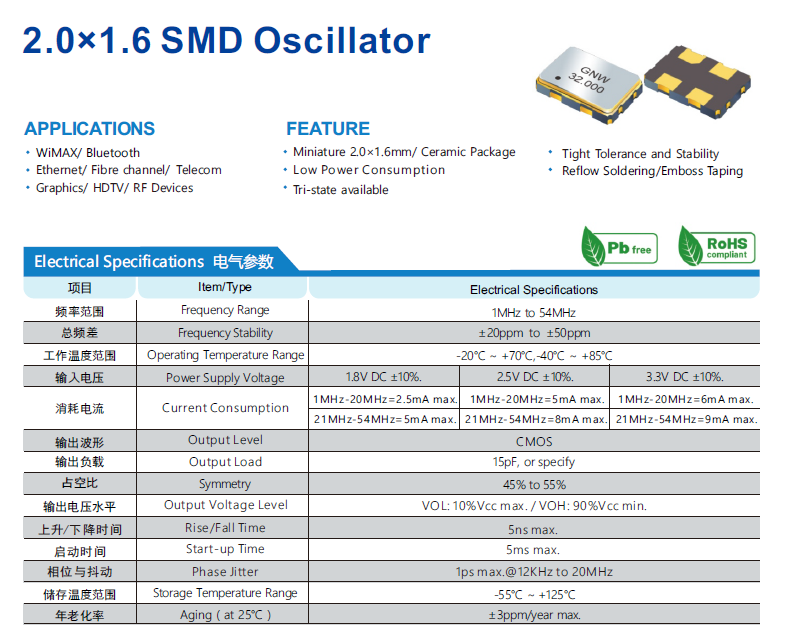
Advantages and Disadvantages of Crystal Oscillators
Crystal oscillators offer several advantages over other types of oscillators, such as:
1、High stability and accuracy:
Crystal oscillators offer high stability and accuracy, which makes them ideal for applications that require precise timing.
2、Low phase noise:
Crystal oscillators produce low phase noise, which is crucial in applications that require high-frequency signals with minimal interference.
3、Low power consumption:
Crystal oscillators consume less power than other types of oscillators, which makes them ideal for battery-powered devices.
However, crystal oscillators also have some disadvantages, such as:
1、Higher cost:
Crystal oscillators are more expensive than other types of oscillators due to their higher precision and stability.
2、Brittleness:
Quartz crystals are brittle and can break if subjected to mechanical shock or vibration.
3、Sensitivity to environmental factors:
Crystal oscillators are sensitive to environmental factors such as temperature, humidity, and vibration, which can affect their performance.
Conclusion
In conclusion, crystal oscillators are critical components in electronic devices that require stable and accurate clock signals. They are available in various types and configurations, each with its unique advantages and disadvantages. Understanding the working principles and characteristics of crystal oscillators is crucial in selecting the right oscillator for a specific application.



